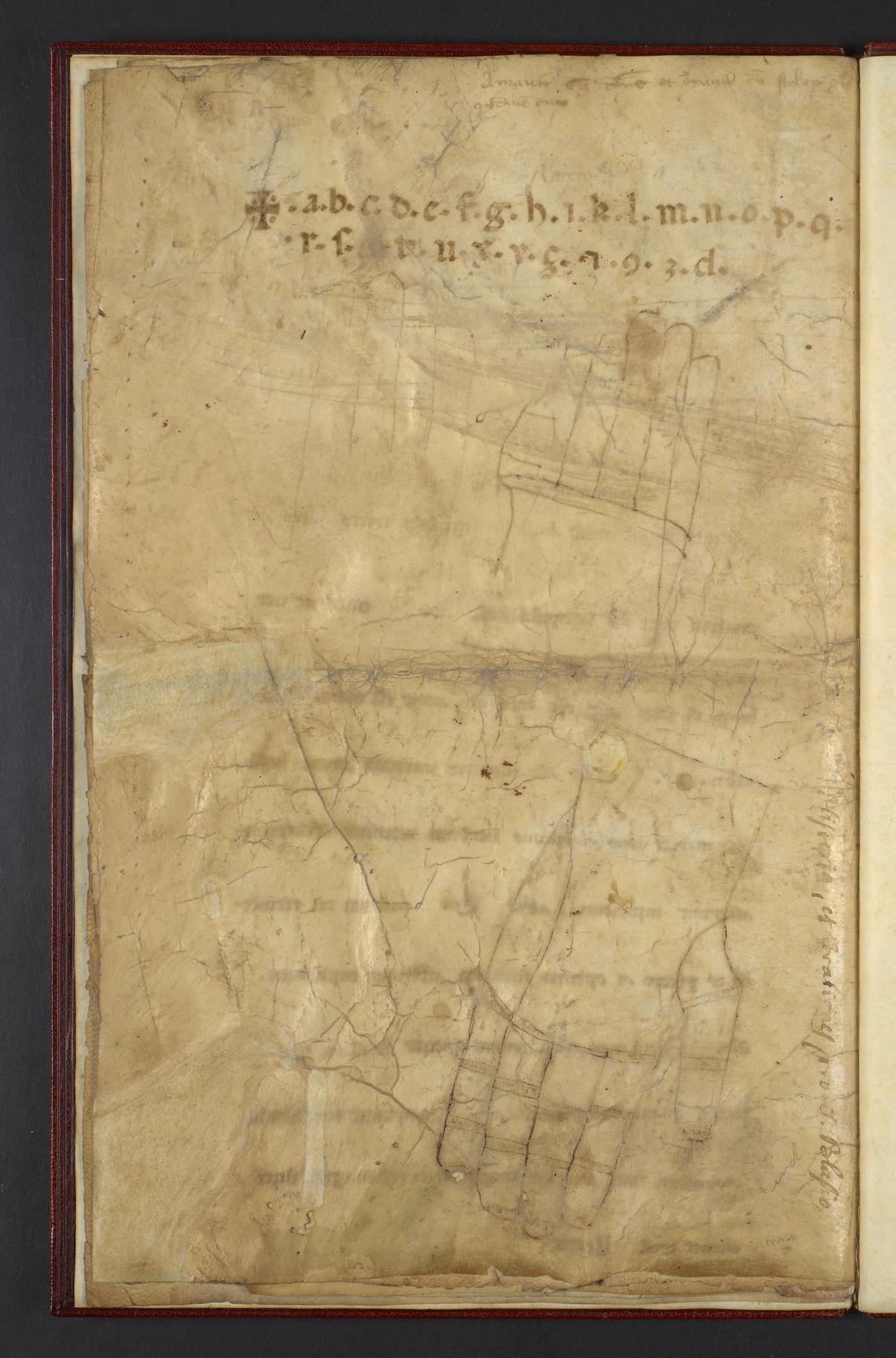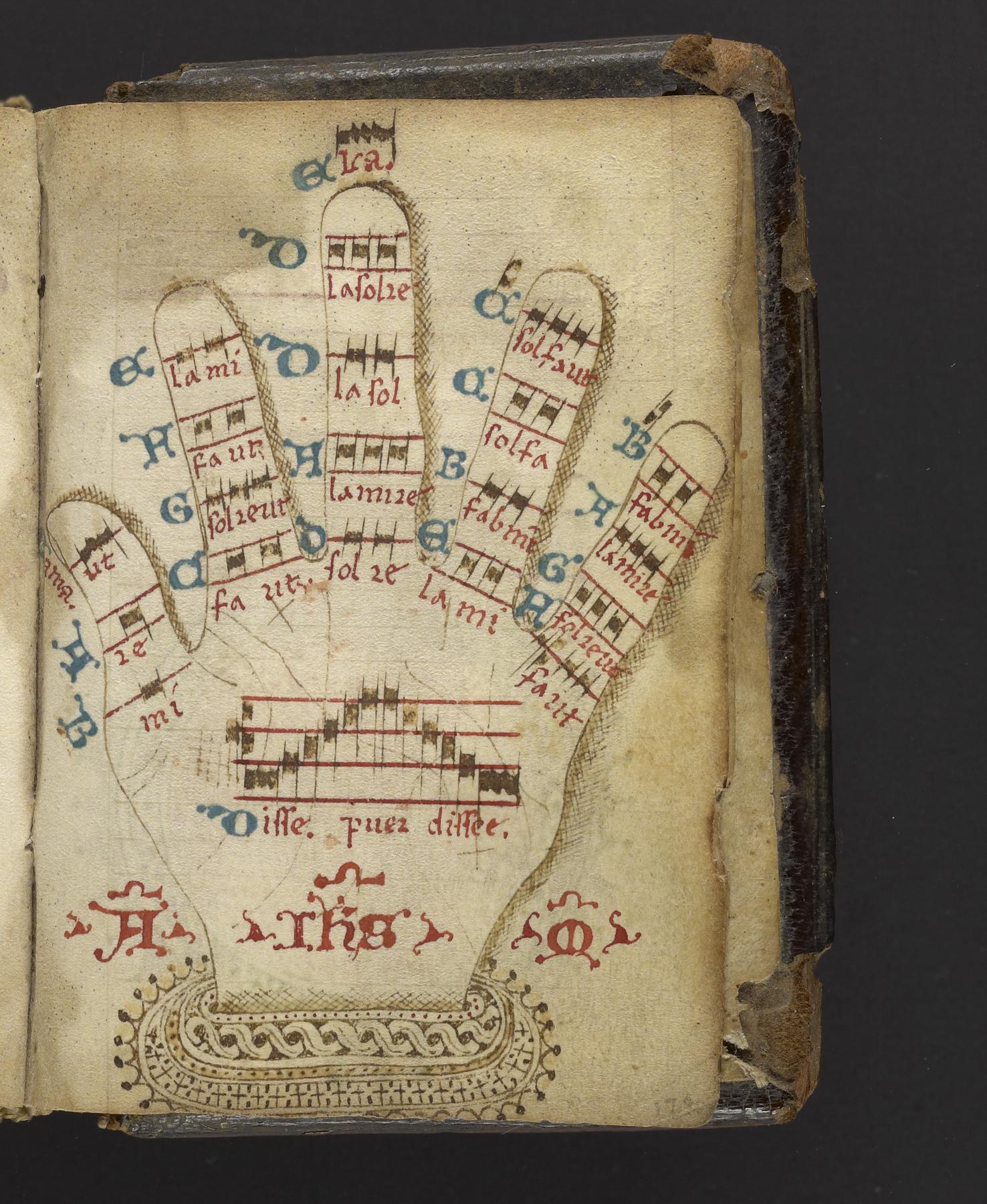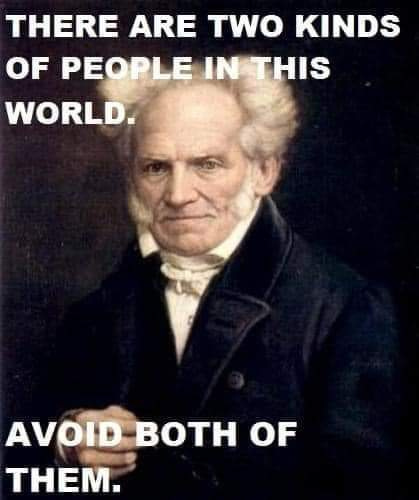This underscores the critical nature of dealing with the cultural shift of luxury lifestyle. It is recognized as a "hot potato" issue, which implies policy change may be slow and difficult.
Policy changes and new legal tools are ways to force an unwilling individual or group into a behavior change.
A more difficult but potentially more effective way to achieve this cultural shift is based on Donella Meadows' leverage points:
https://donellameadows.org/archives/leverage-points-places-to-intervene-in-a-system/
which identifies the top leverage point as: The mindset or paradigm out of which the system — its goals, power structure, rules, its culture — arises.
The Stop Reset Go (SRG) open collective project applies the Deep Humanity (DH) Human Inner Transformation (HIT) process to effect impactful Social Outer Transformation (SOT). This is based on the inner-to-outer flow: The heart feels, the mind thinks, the body acts and a social impact manifests in our shared, public collective human reality.
Meadows top leverage point identifies narratives, stories and value systems that are inner maps to our outer behavior as critical causal agents to transform.
We need to take a much deeper look at the pysche of the luxury lifestyle. Philospher David Loy has done extensive research on this already. https://www.davidloy.org/media.html
Loy is a Buddhist scholar, but Buddhist philosophy can be understood secularly and across all religions.
Loy cites the work of cultural anthropologist Ernest Becker, especially his groundbreaking Pulitzer-prize-winning book: The Denial of Death. Becker wrote:
"Man is literally split in two: he has an awareness of his own splendid uniqueness in that he sticks out of nature with a towering majesty, and yet he goes back into the ground a few feet in order to blindly and dumbly rot and disappear forever. It is a terrifying dilemma to be in and to have to live with. The lower animals are, of course, spared this painful contradiction, as they lack a symbolic identity and the self-consciousness that goes with it. They merely act and move reflexively as they are driven by their instincts. If they pause at all, it is only a physical pause; inside they are anonymous, and even their faces have no name. They live in a world without time, pulsating, as it were, in a state of dumb being. This is what has made it so simple to shoot down whole herds of buffalo or elephants. The animals don't know that death is happening and continue grazing placidly while others drop alongside them. The knowledge of death is reflective and conceptual, and animals are spared it. They live and they disappear with the same thoughtlessness: a few minutes of fear, a few seconds of anguish, and it is over. But to live a whole lifetime with the fate of death haunting one's dreams and even the most sun-filled days—that's something else."
But Loy goes beyond mortality salience and strikes to the heart of our psychological construction of the Self that is the root of our consumption and materialism exasperated crisis.
To reach the wealthy in a compassionate manner, we must recognize that the degree of wealth and materialist accumulation may be in many cases proportional to the anxiety of dying, the anxiety of the groundlessness of the Self construction itself.
Helping all humans to liberate from this anxiety is monumental, and also applies to the wealthy. The release of this anxiety will naturally result in breaking through the illusion of materialism, seeing its false promises.
Those of the greatest material wealth are often also of the greatest spiritual poverty. As we near the end of our lives, materialism's promise may begin to lose its luster and our deepest unanswered questions begin to regain prominence.
At the end of the day, policy change may only effect so much change. What is really required is a reeducation campaign that results in voluntary behavior change that significantly reduces high impact luxury lifestyles. An exchange for something even more valued is a potential answer to this dilemma.





